The countries of South America and the Catholic religion are closely linked because of the Hispanic colonization of the continent and that of the Portuguese in Brazil. With the independence of the colonies in the 19th and 20th centuries, many liberal regimes wanted to fight to control the influence of the Catholic Church, by promulgating anticlerical laws and leading to the destruction of clergy property.
At the end of the 20th century, liberation theology challenged alliances based on support for political and economic change. While Popes John Paul II and Benedict XVI condemned a movement that sparked many controversies, Pope Francis adopted many elements of liberation theology, including the Church’s dedication to the poor and the marginalized, an influence that we find in Latin American societies.
The discovery of the Americas
In 1492, Christopher Columbus discovered the Americas and Pope Alexander VI granted colonial rights to most of the lands discovered by Spain and Portugal. Indigenous populations like the Aztecs and Incas were Christianized and the Roman Catholic Church established a number of missions there to spread Christianity to the new world, with the aim of transforming the farmers or nomads into a model people and of Spanish society, bringing security and less conflict with the natives. Although determined, the Spanish had to eliminate indigenous cultural practices. However, they did not impose their language as they did religion. Using Quecha, Nahuati and Guarantee, they provided these American languages with a writing system.
In 1510, the Requemento asked local populations to accept Spanish rule, allowing Catholic missionaries to preach without requiring conversion. Because slavery was part of the culture, Christian missionaries provided slaves with an opportunity to escape their circumstances. The following year, King Ferdinand promulgated the laws of Burgos and Valladodid. However, Native American populations are declining due to diseases introduced by Europeans. Whites, blacks and Indians form separate brotherhoods and there is little ordination of Indian priests. The latter find themselves in subordinate positions (sacristan, acolyte, doorman, etc.), the caciques and other trusted natives watch over the religious practice of their compatriots and denounce the shortcomings. The mendicant orders, fishing friars (Dominicans) and friars minor (Franciscans) sent the first Catholic missions to the New World. It was in the Dominican Republic, in Hispaniola, that Pedro Cordoba created an establishment in 1512. He will distinguish himself in the defense of the rights of indigenous peoples. The first province of the Order is St. Croix of the Antilles, followed by St. James in Mexico, St. John the Baptist in Peru, St. Vincent of Chiapas and St. Antoninus of Venezuela. After the province of St Jacques, responsible for missions in the Far East, new provinces were created in Ecuador and Chile.
Postcolonial missions
During the colonial period, missions became important economic, political and religious institutions. The cultivation of new plants was introduced, as were livestock and a new way of life for the California Indian tribes with the construction of Los Angeles. The Jesuits settled in areas inhabited by the Tuipi-Guarani peoples (Paraguay, part of Argentina, Brazil, Bolivia and Uruguay). During most of the postcolonial period, there have been tensions and conflicts in the religious domain. However, traditions persist, such as that of Christmas nativity scenes.
Exhibition of Christmas nativity scenes
For the Nativity, it is customary to make nativity scenes in churches or on the square. This is the case in France, Italy and many Latin American countries. This year, in Normandy, in Lisieux and until January 21, the exhibition had the theme « America », which brings us closer to Latin America which offers works representative of local culture. Whether made of earth, wood or straw, in an igloo, a teepee or a sleigh, colorful, natural or sculpted, nativity scenes inspire civilizations around the world. There we find the different Native American, Creole and Latin cultures and outfits which allow us to discover local crafts on an international scale. The nativity scenes presented are unique and show the traditions of their creators in a wide variety of sizes, materials and styles with manufacturing from Navajo Native Americans, from Canada and Alaska, from Guatemala, Colombia or Haiti through the Chile, Mexico and Brazil.
Copyright ©2024 – IMPACT EUROPEAN
Share this content:



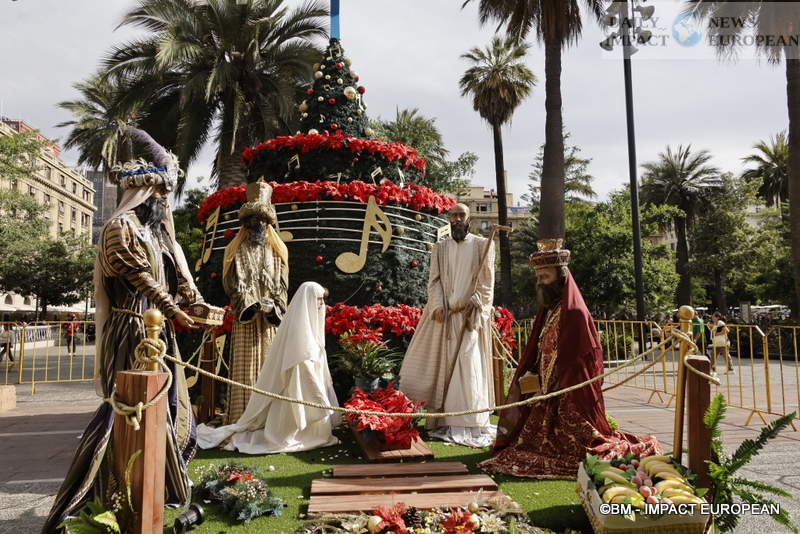
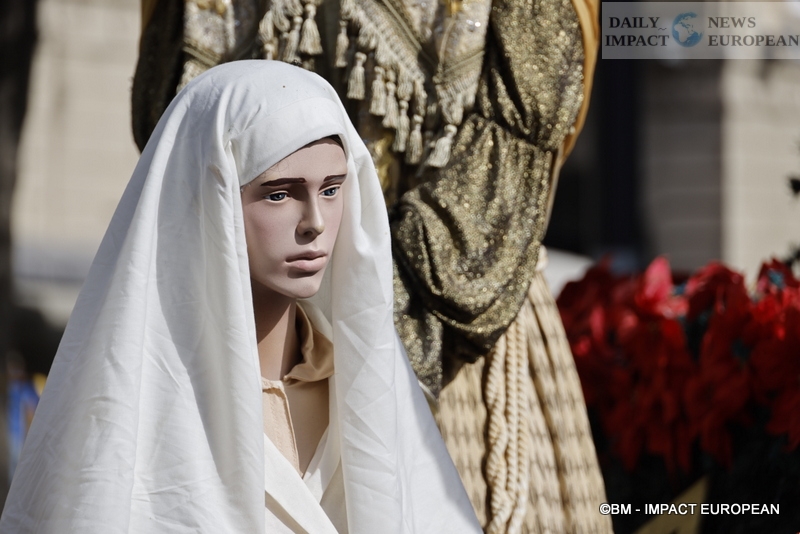
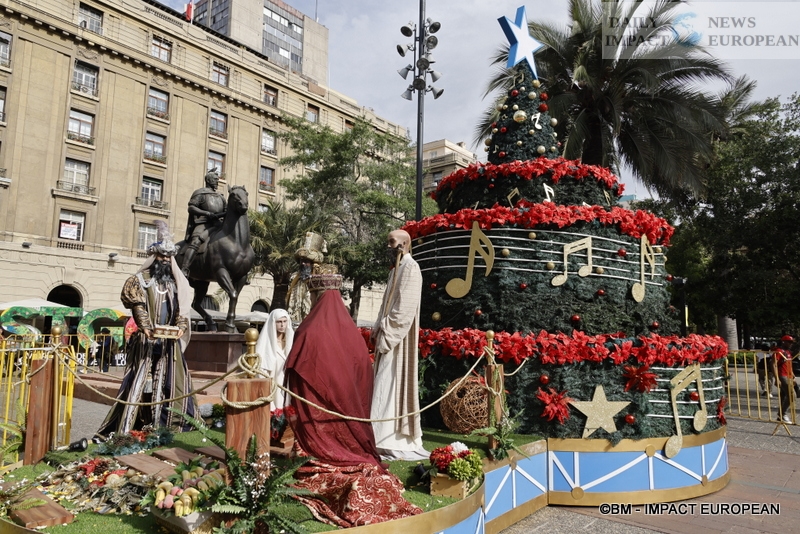
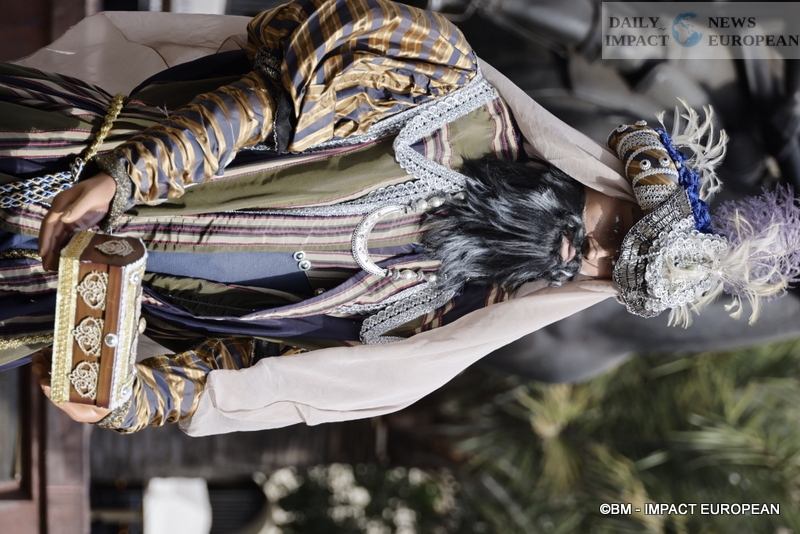
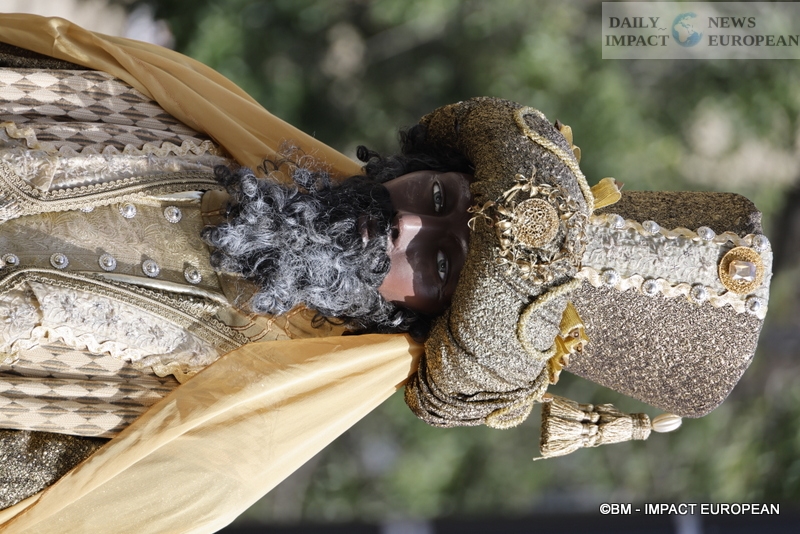
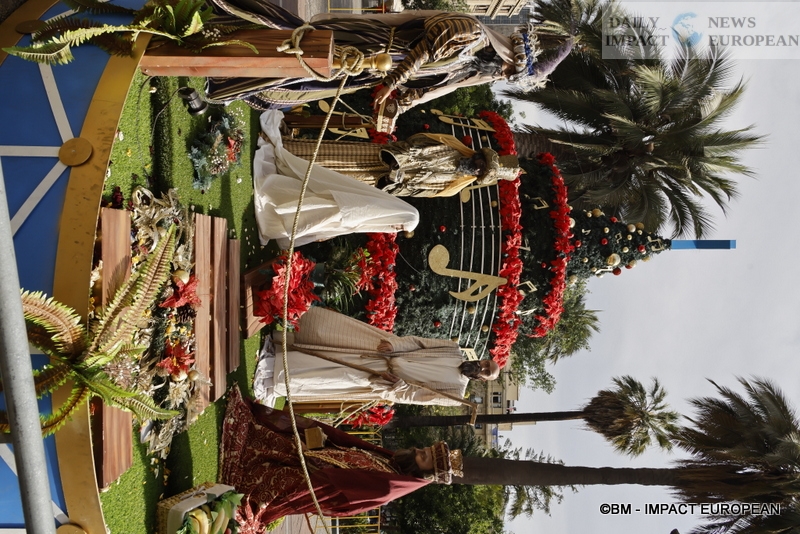
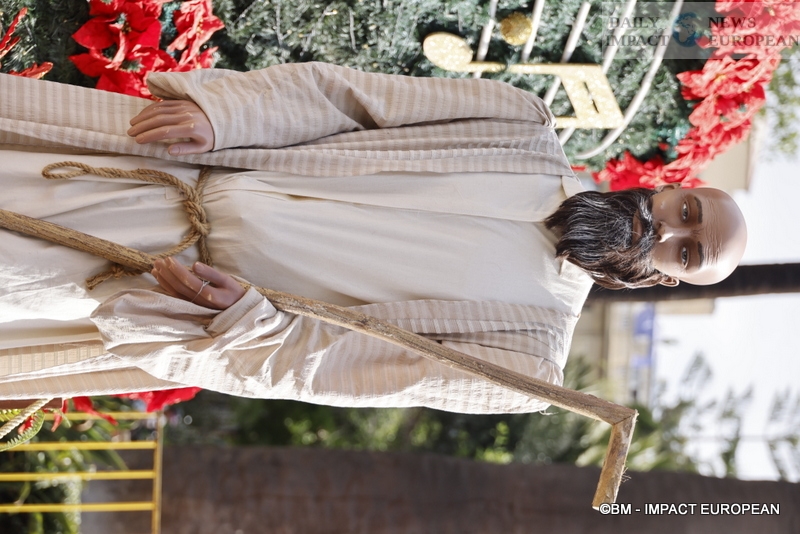
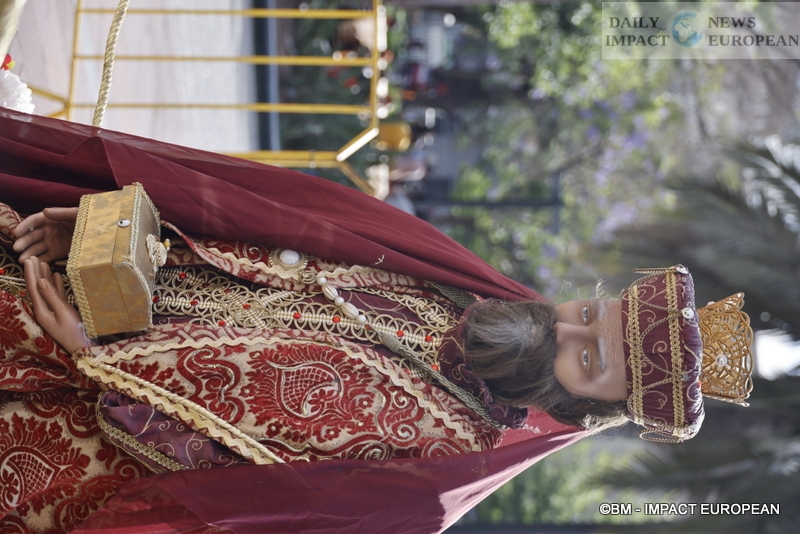

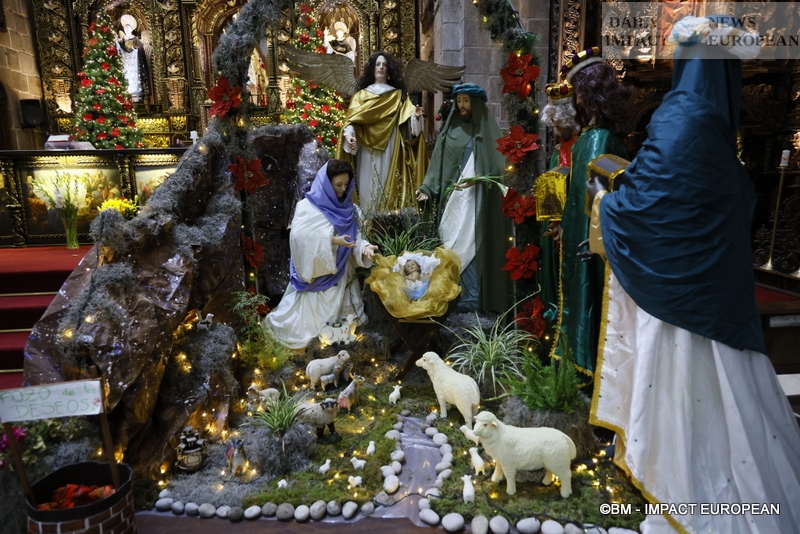
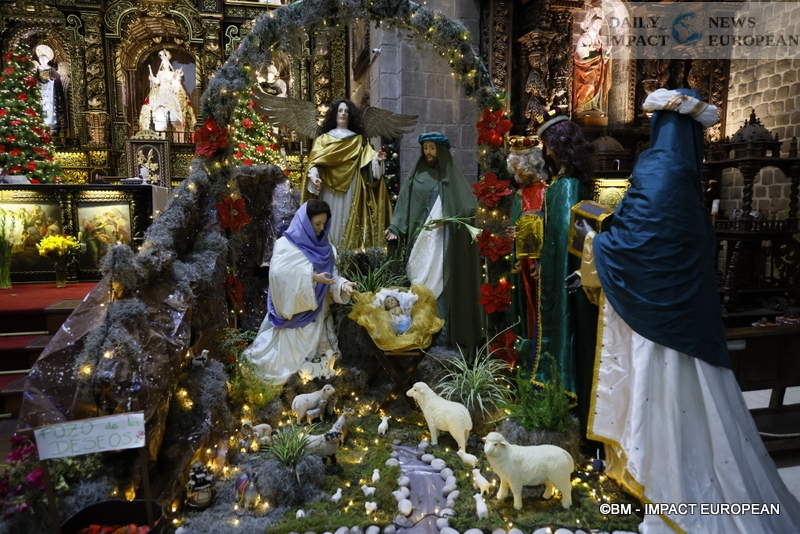
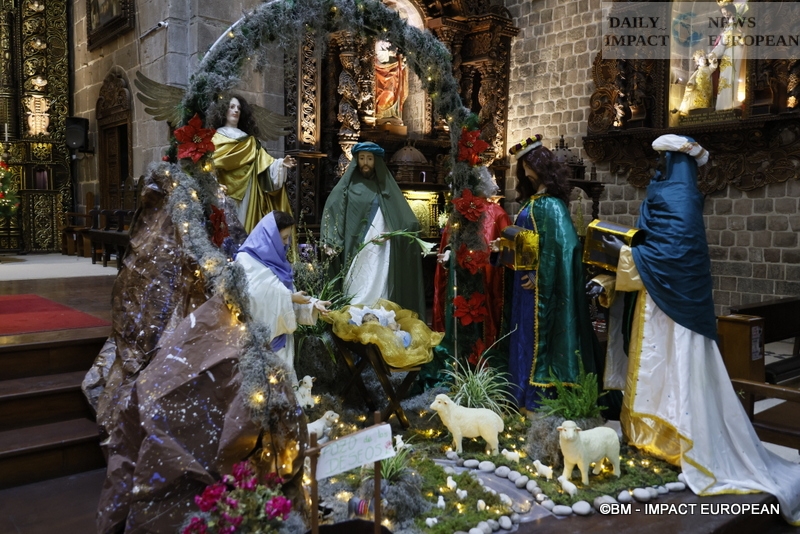
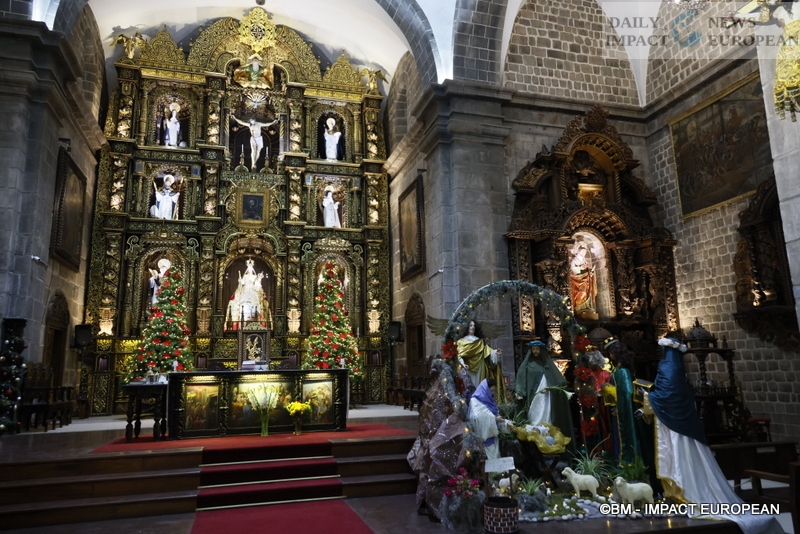
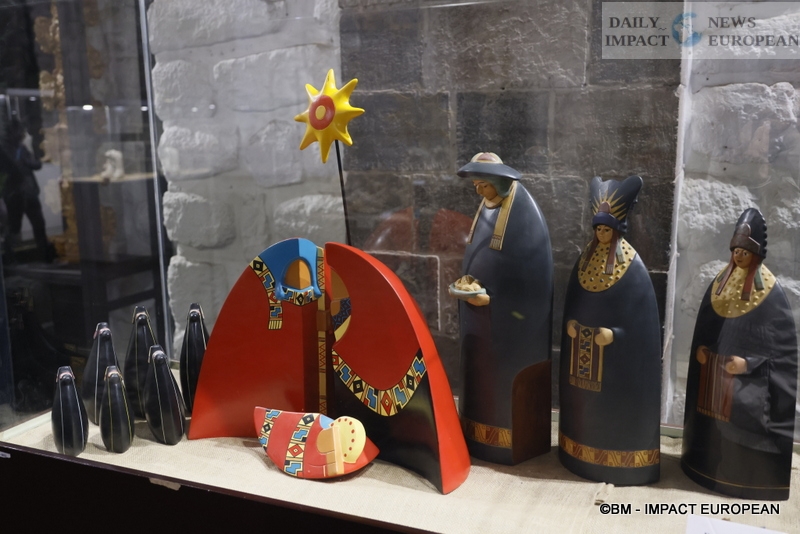

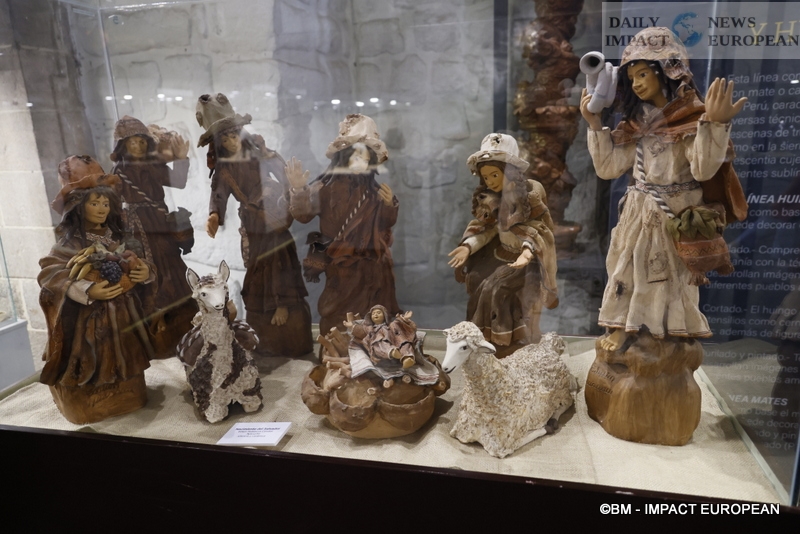

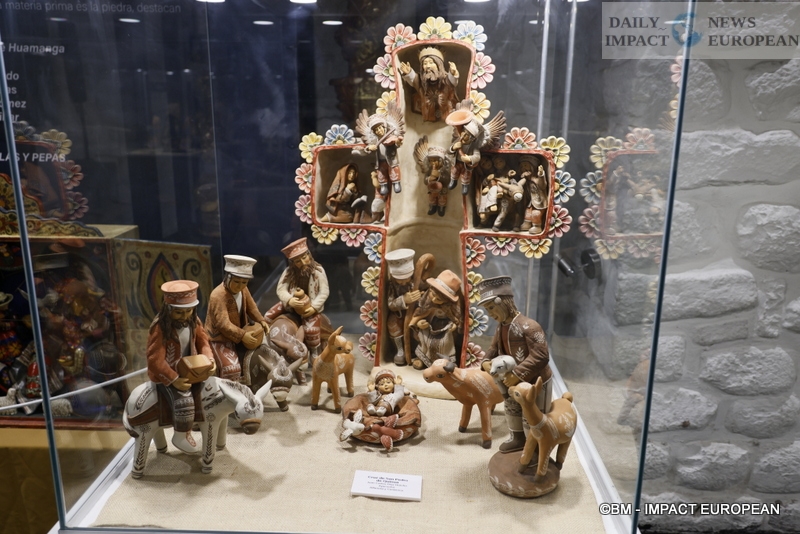
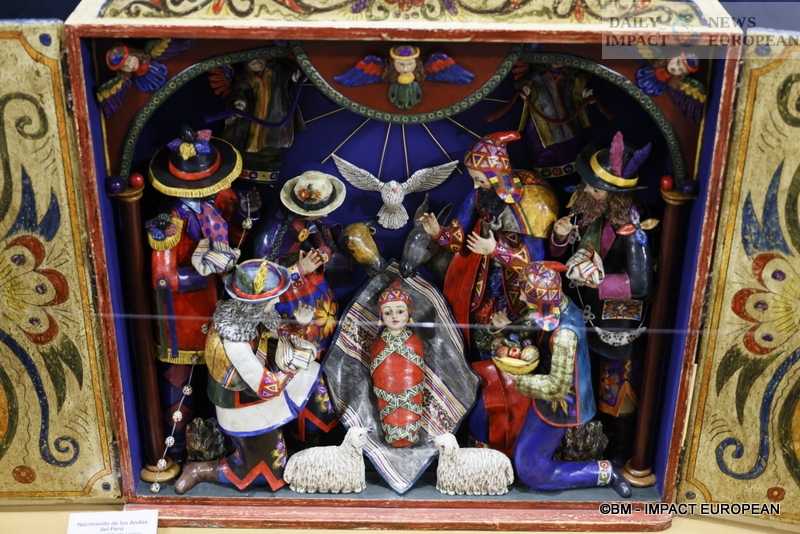

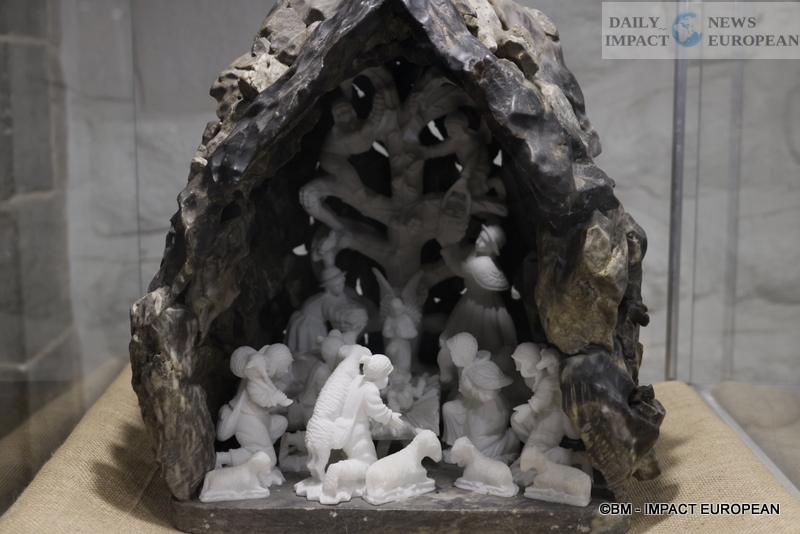
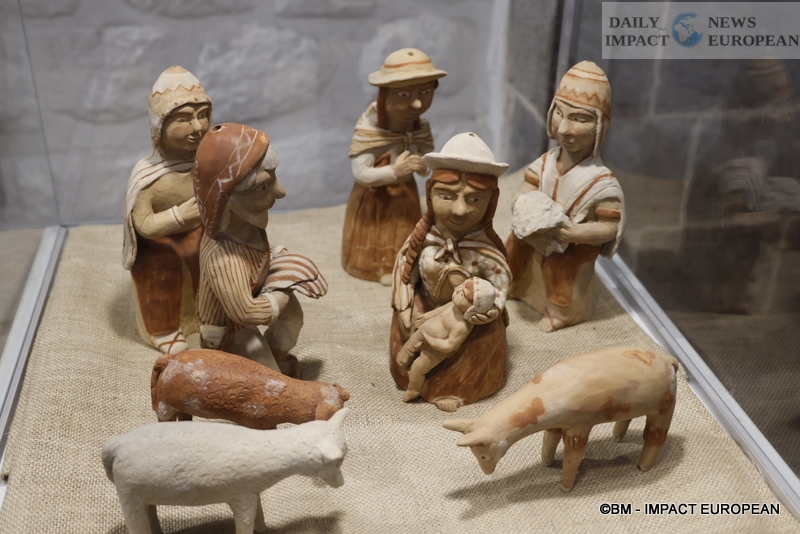

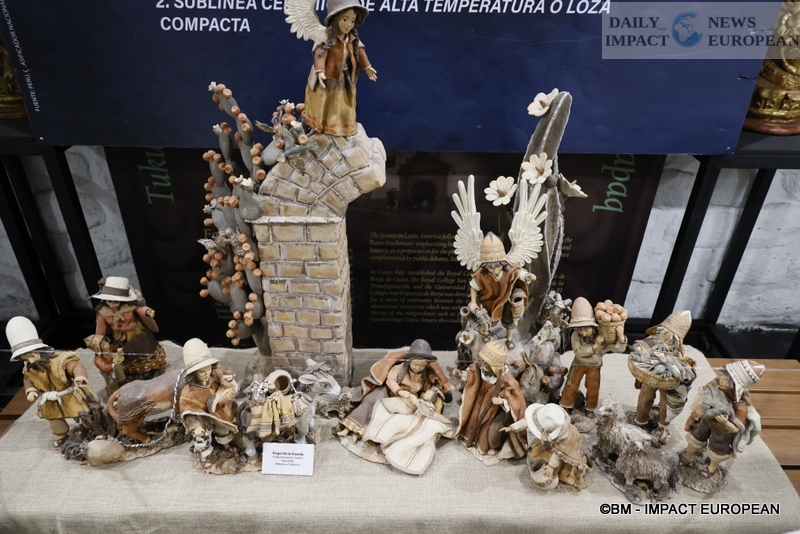
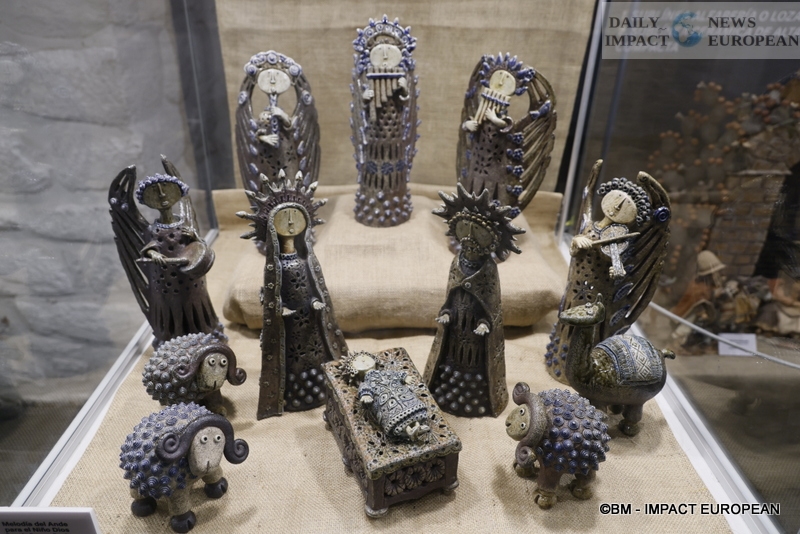
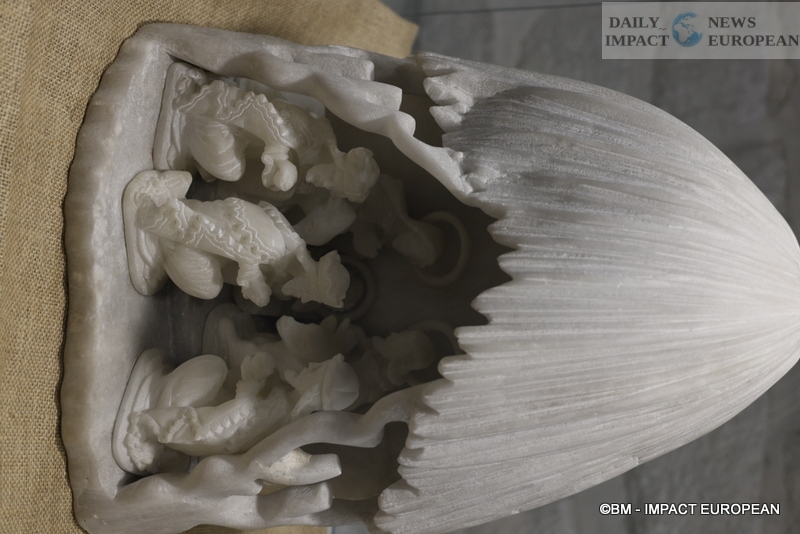
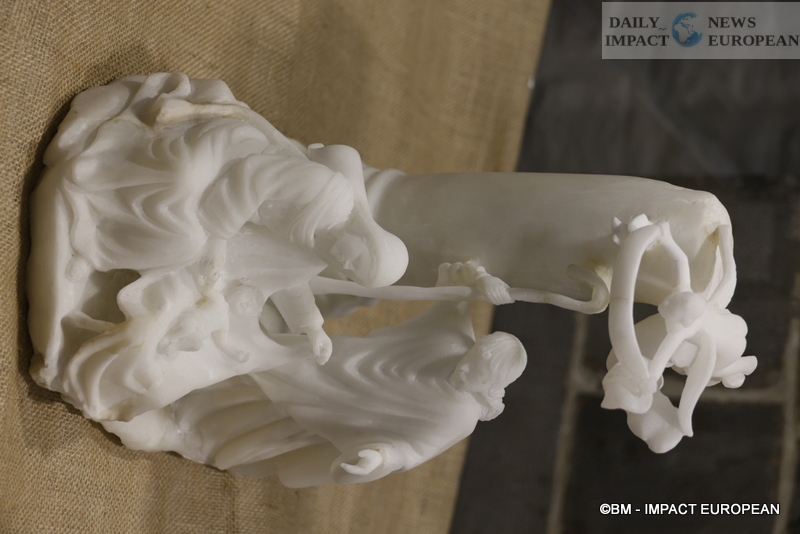
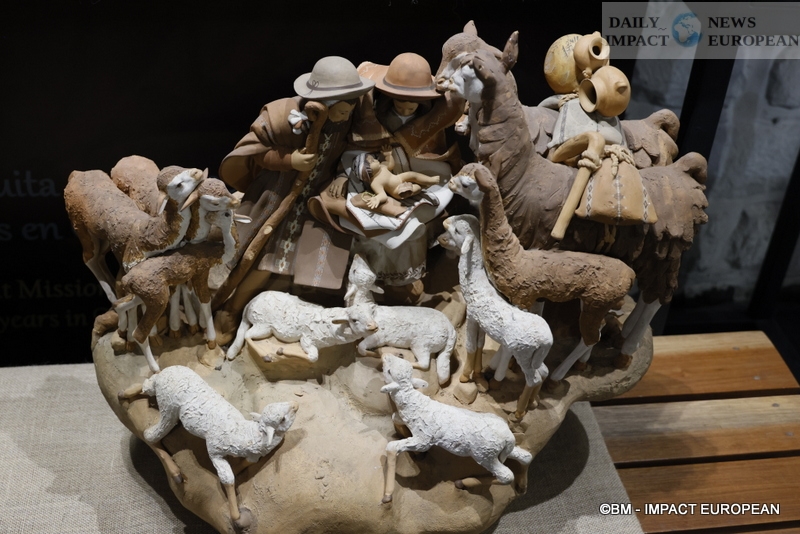
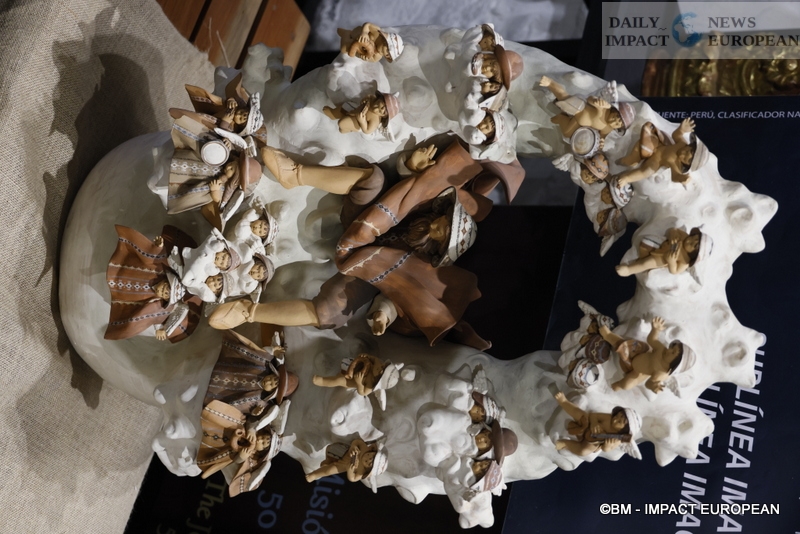

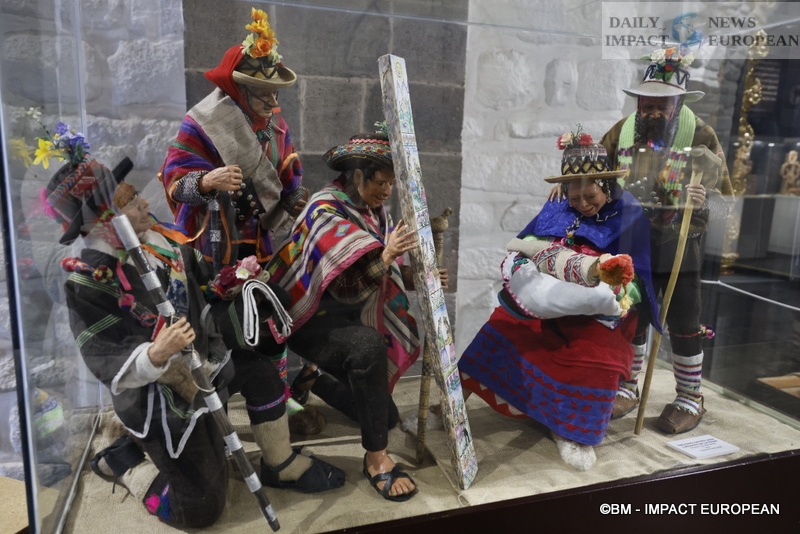
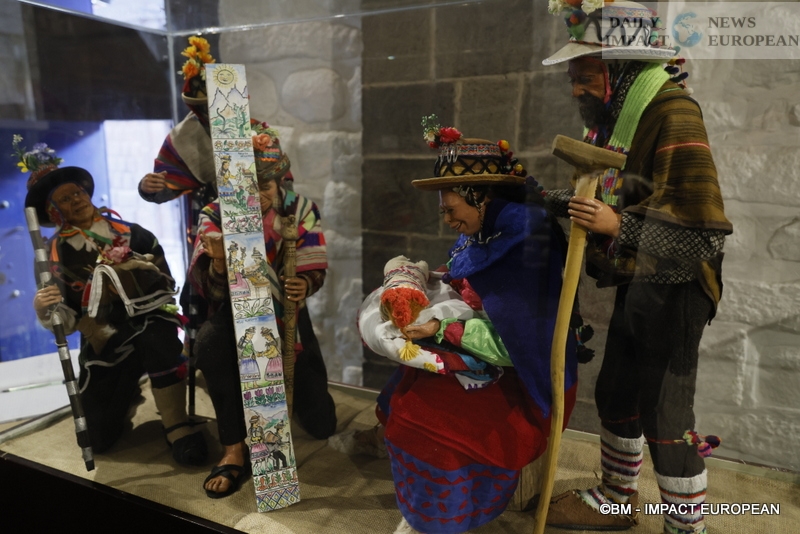
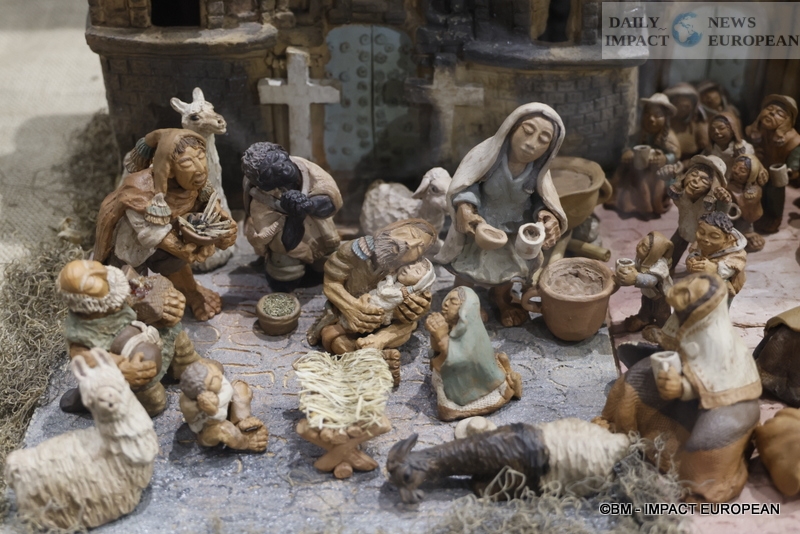
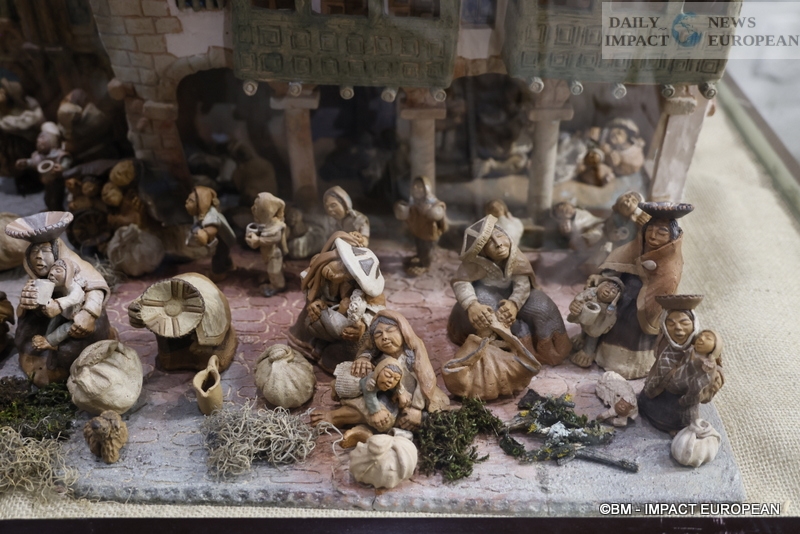


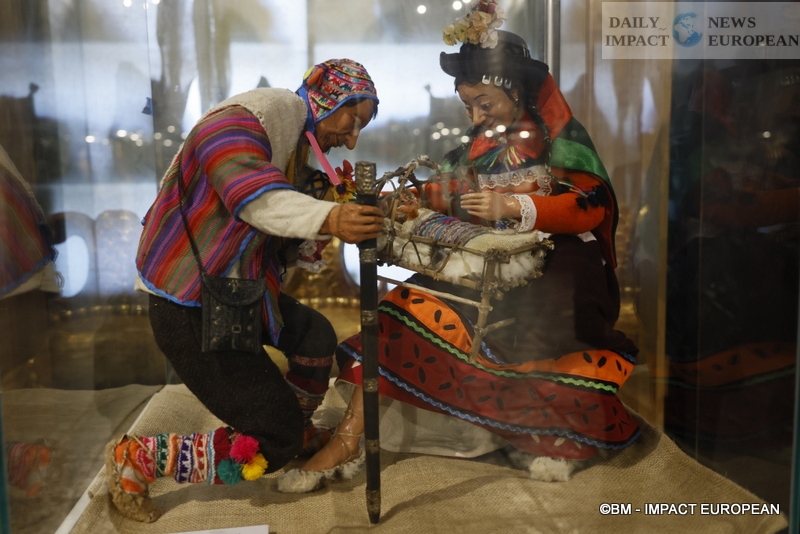

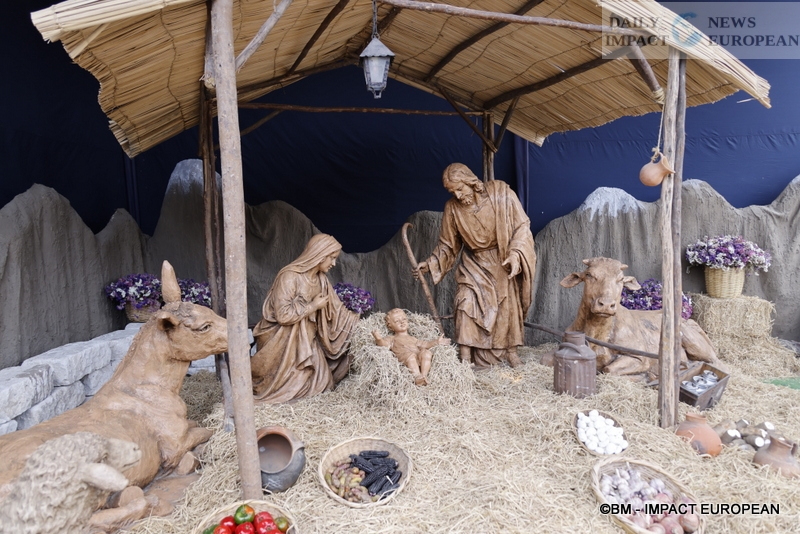
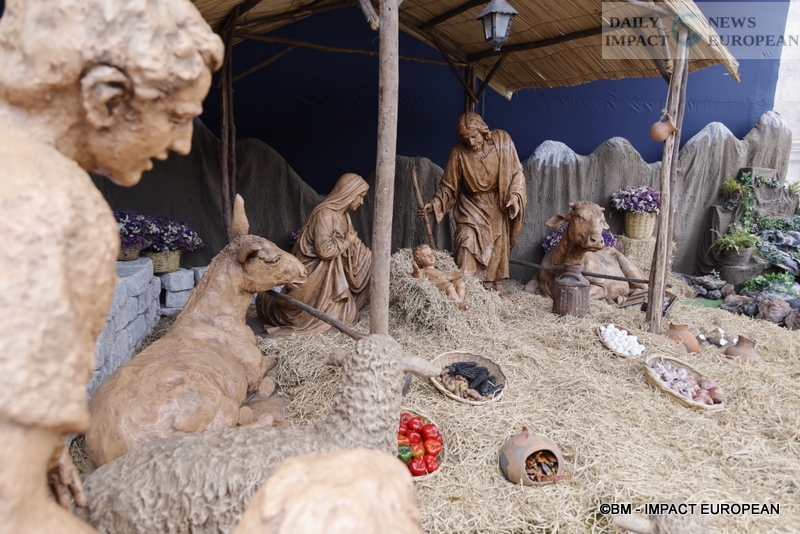
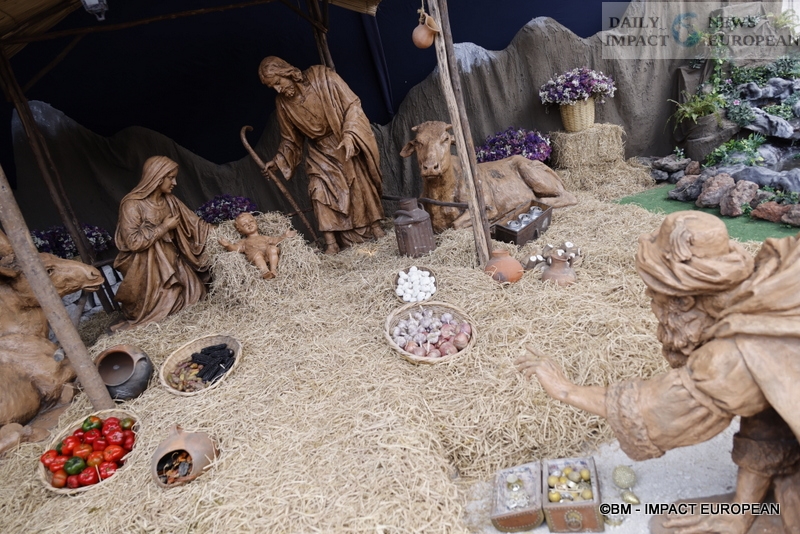
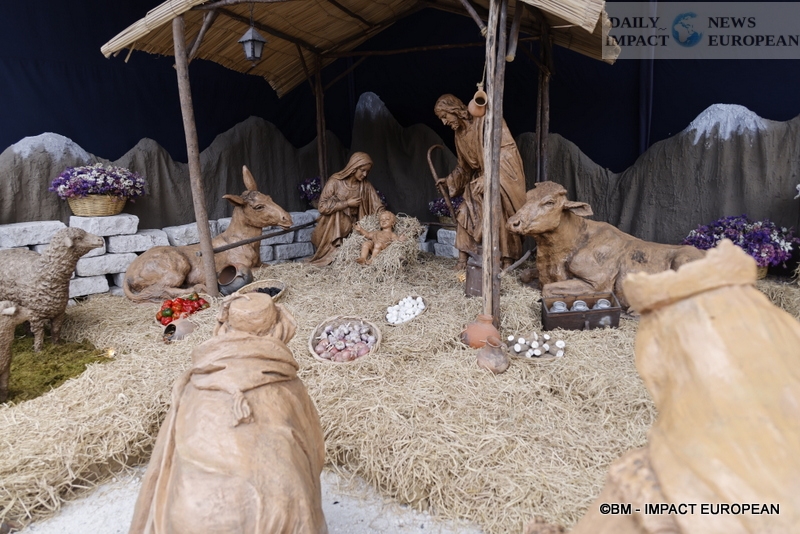

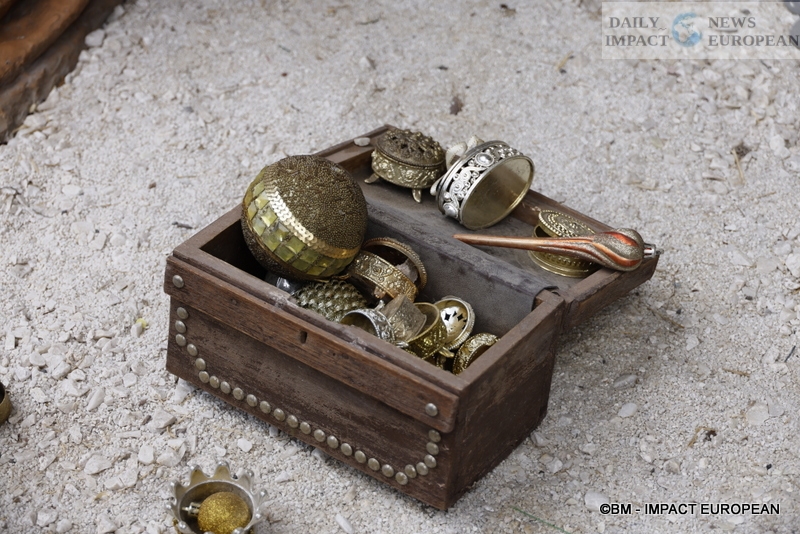
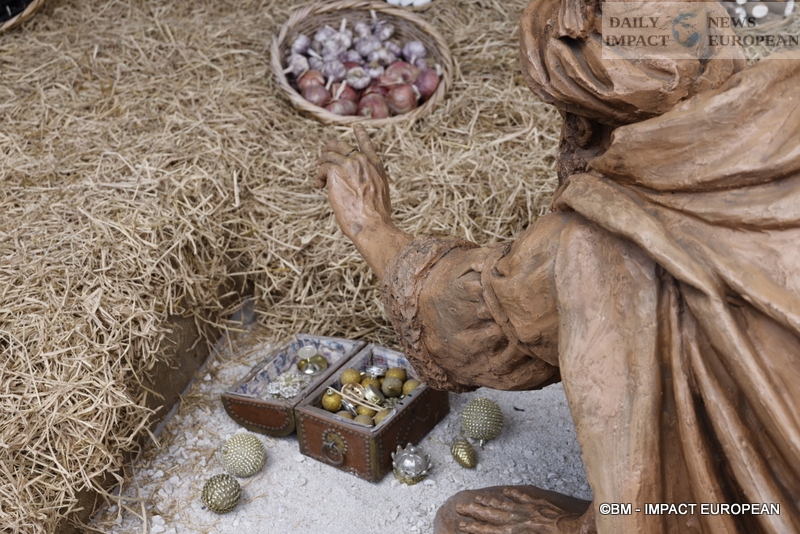
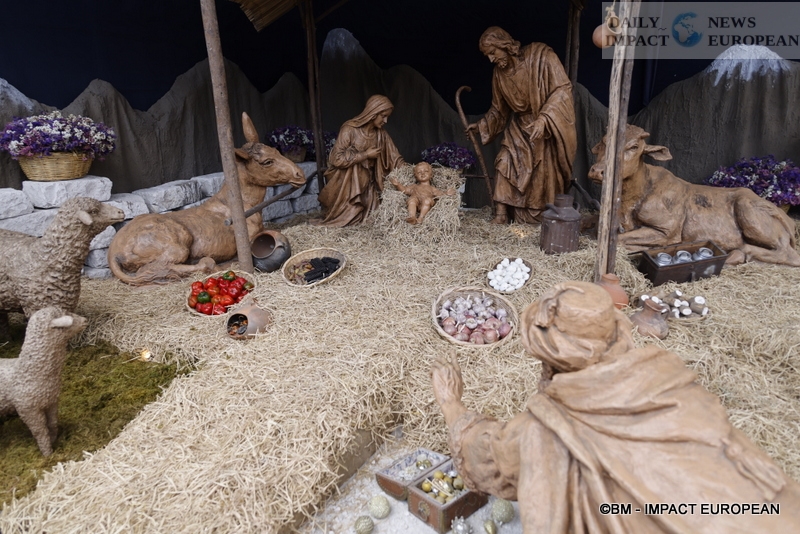
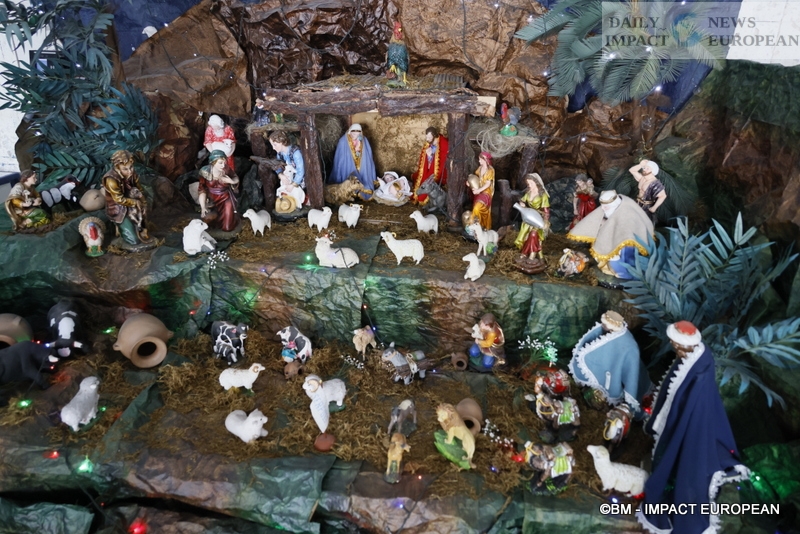
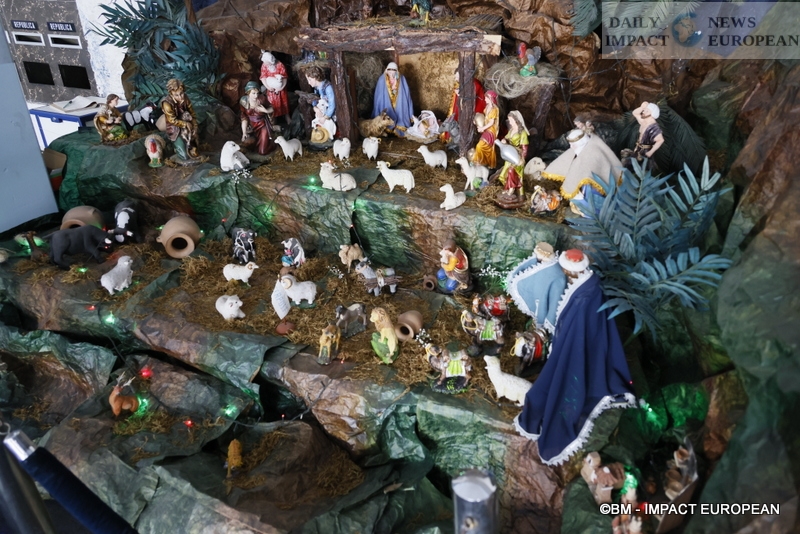
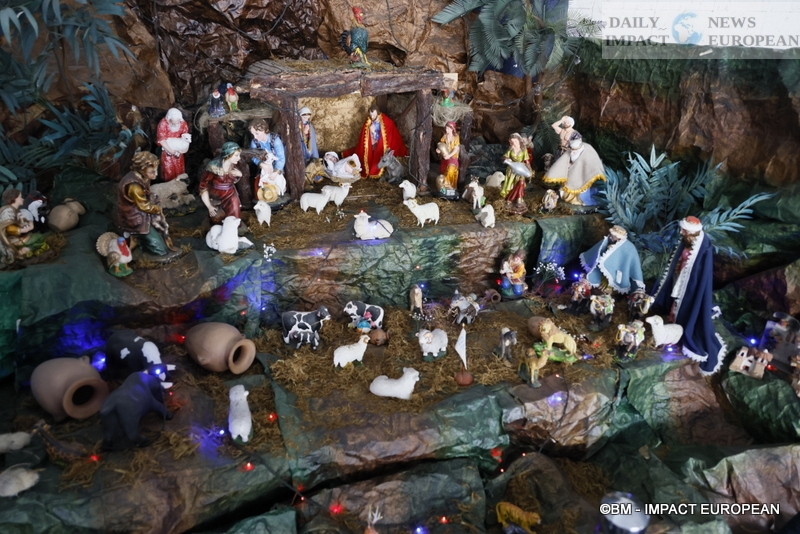
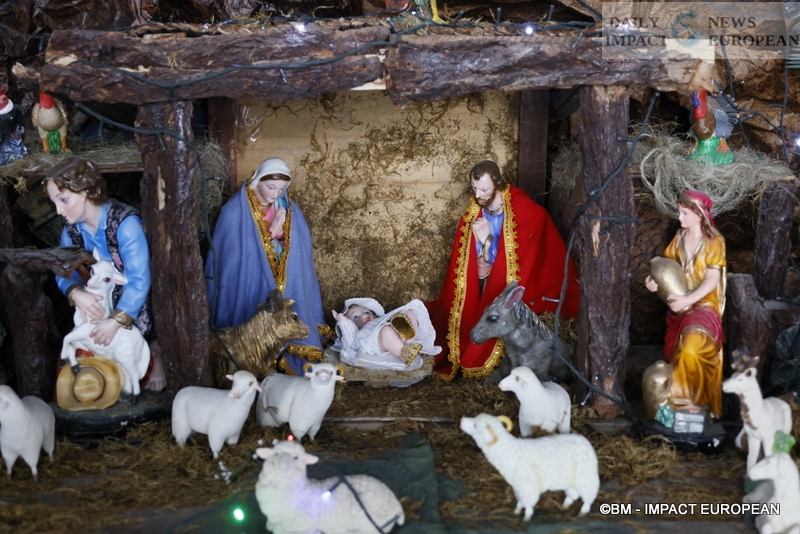
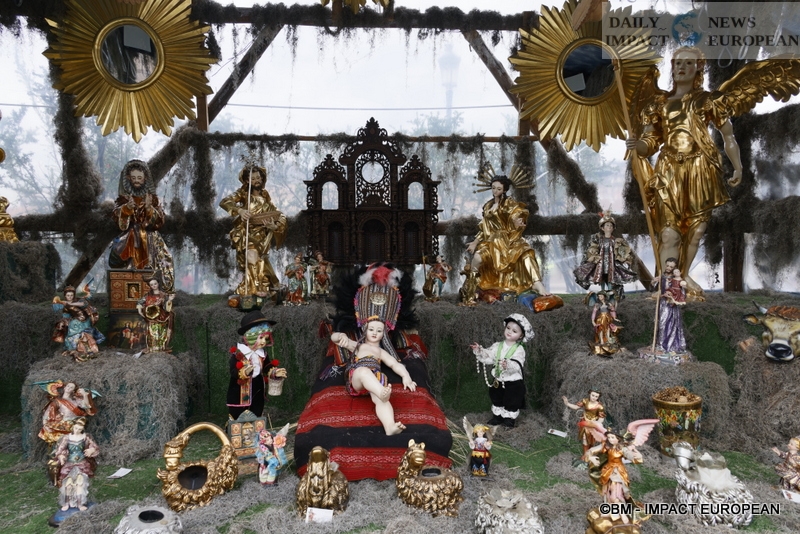
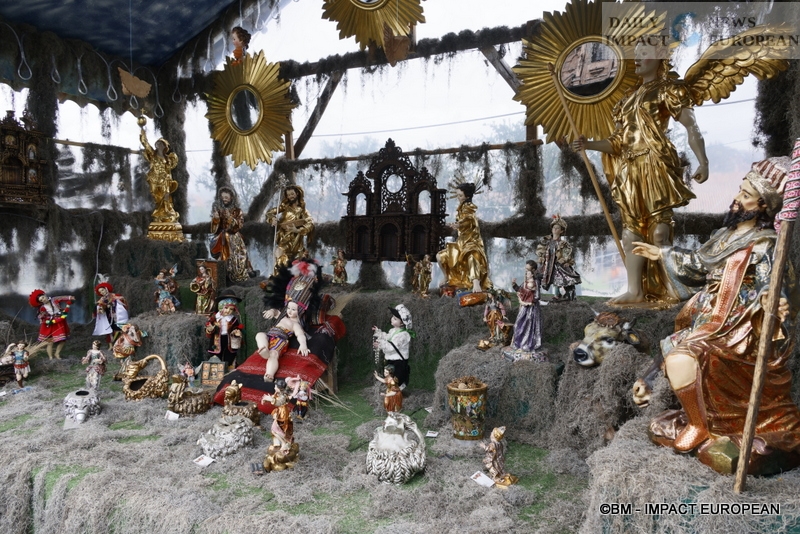
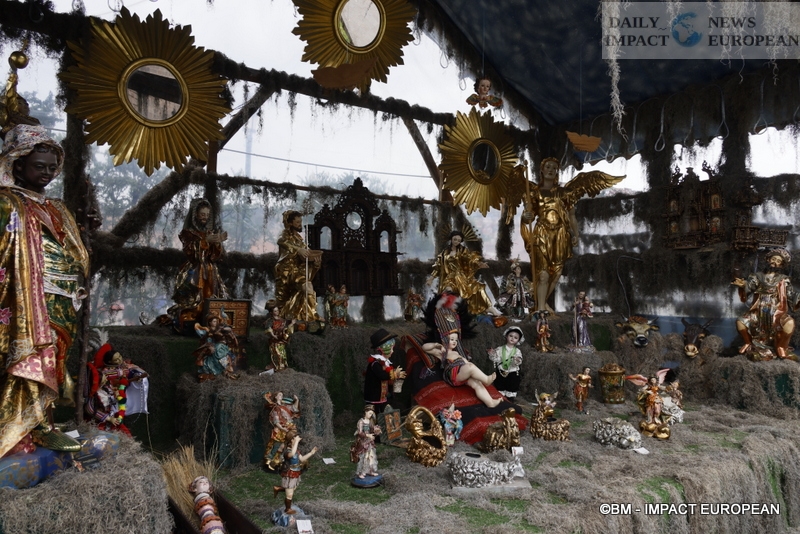
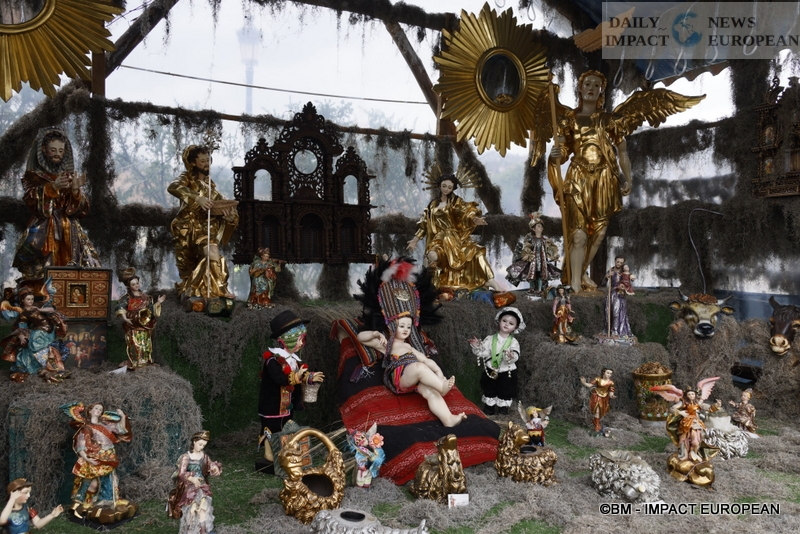
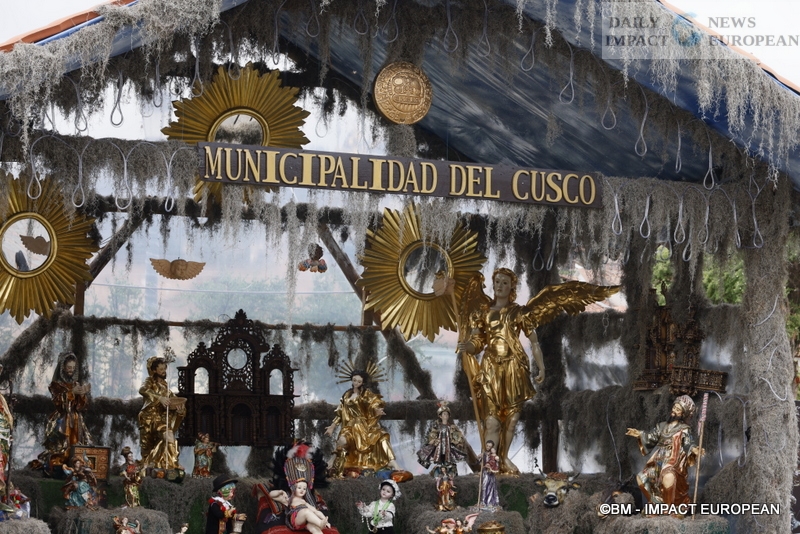
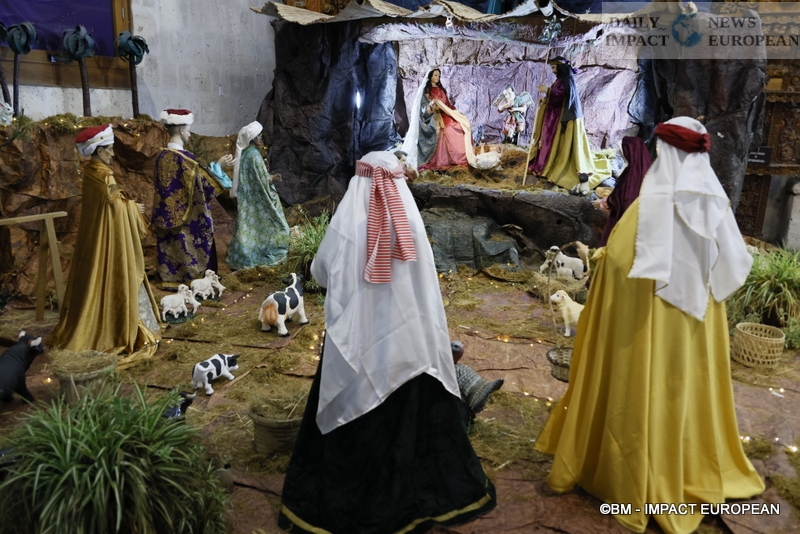
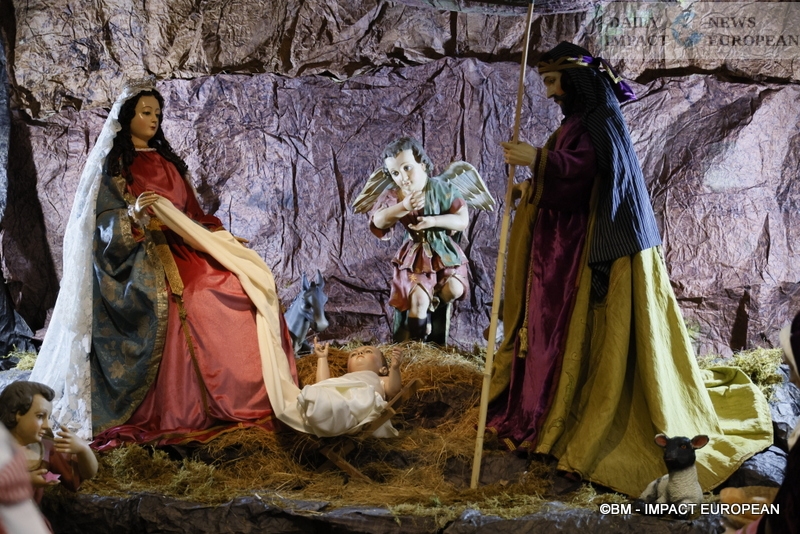
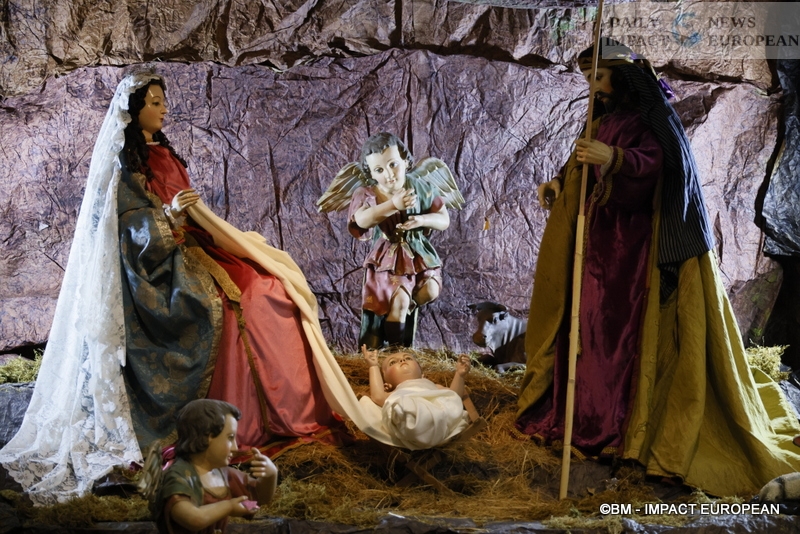
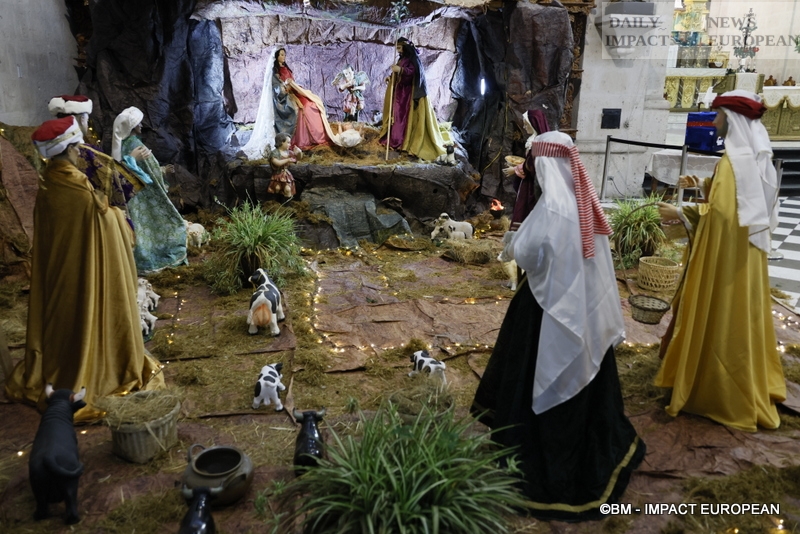

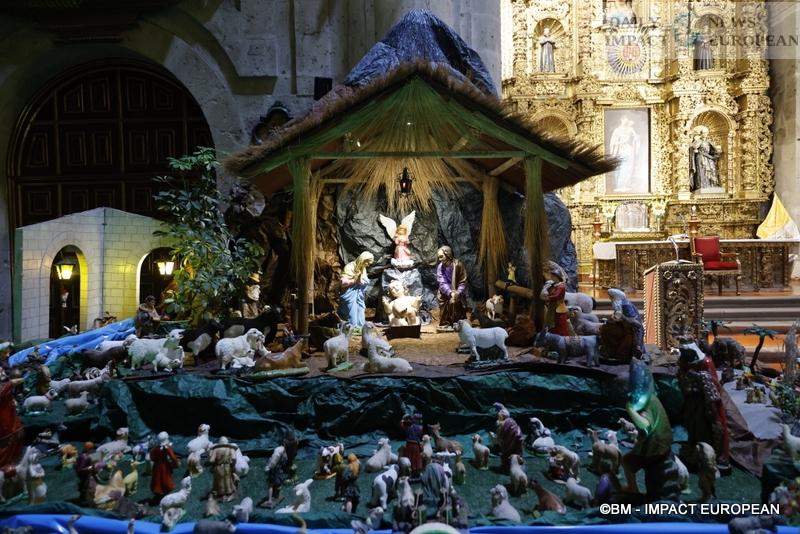
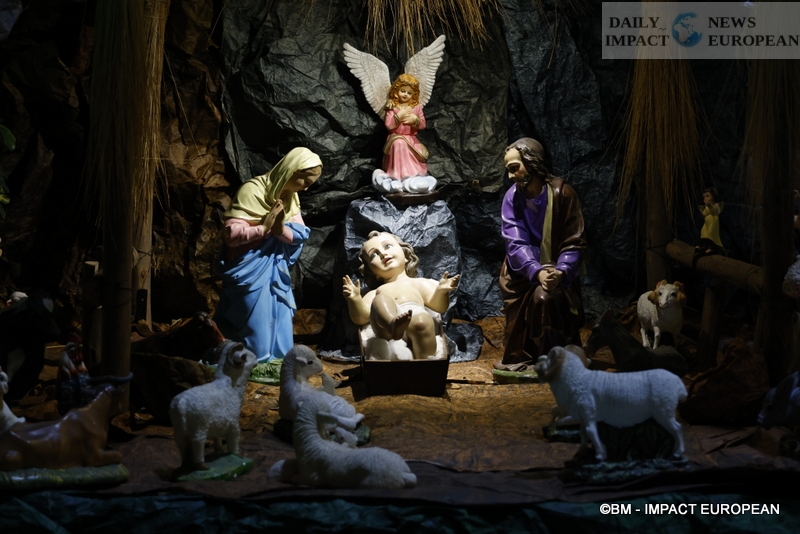
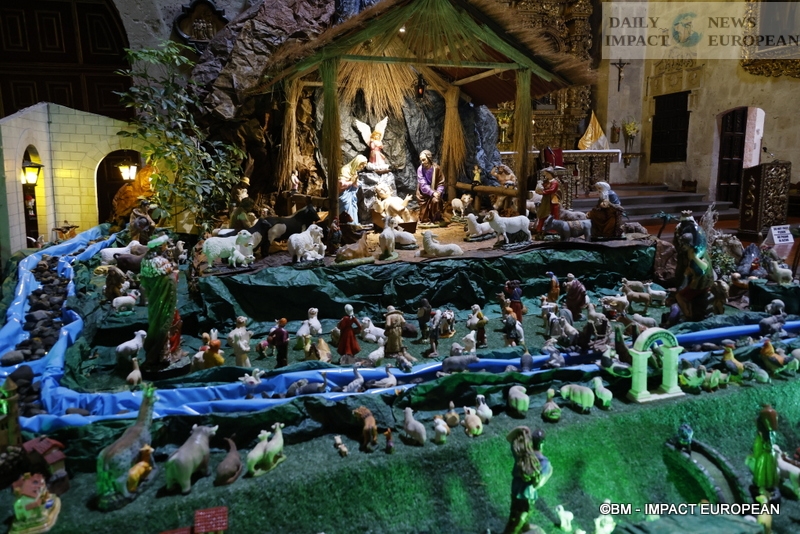
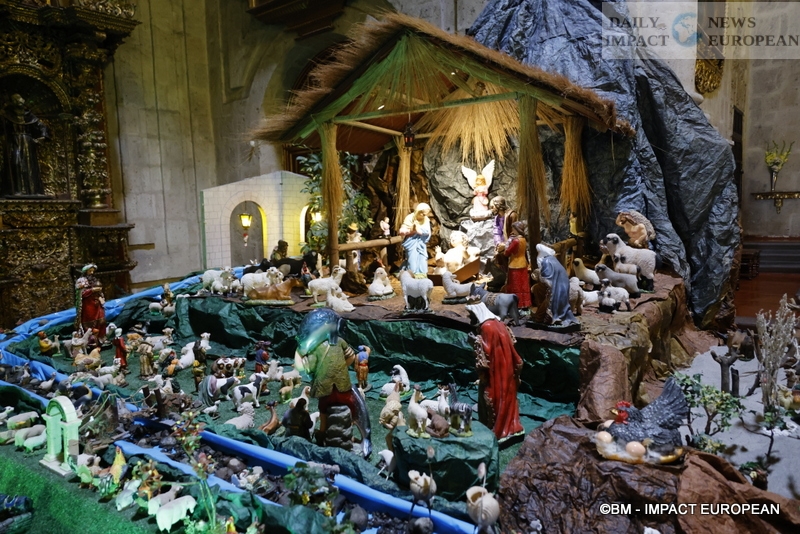
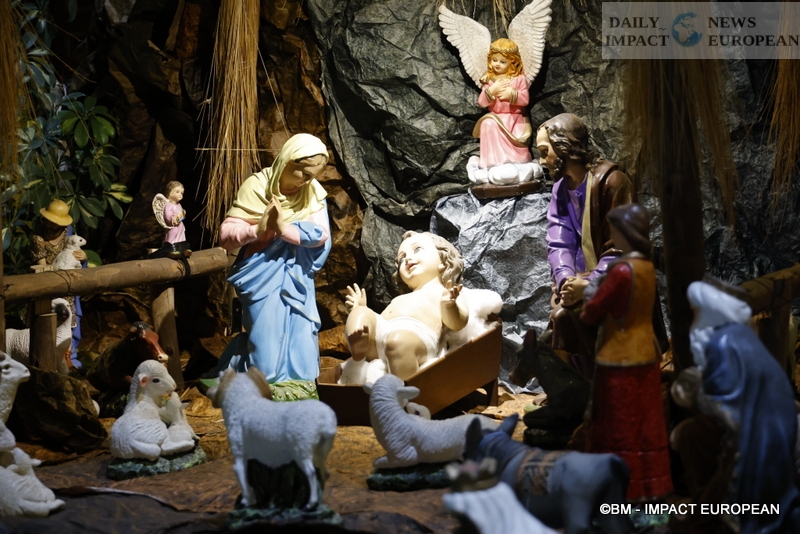
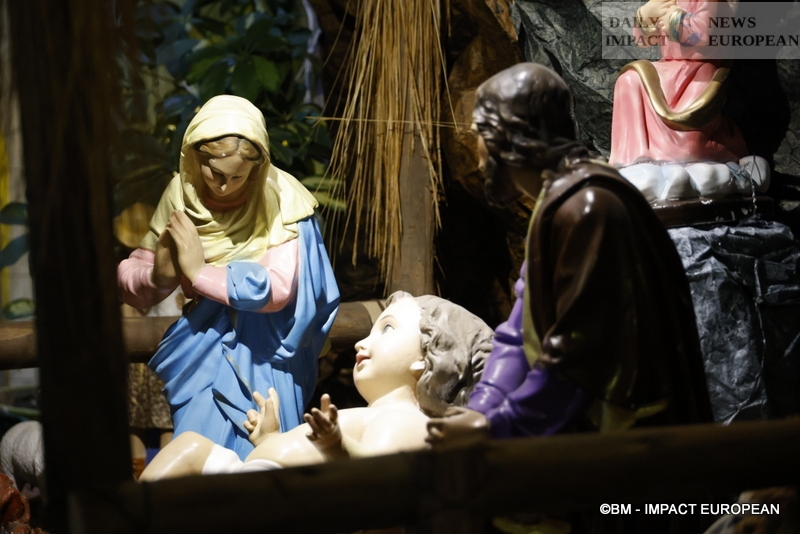
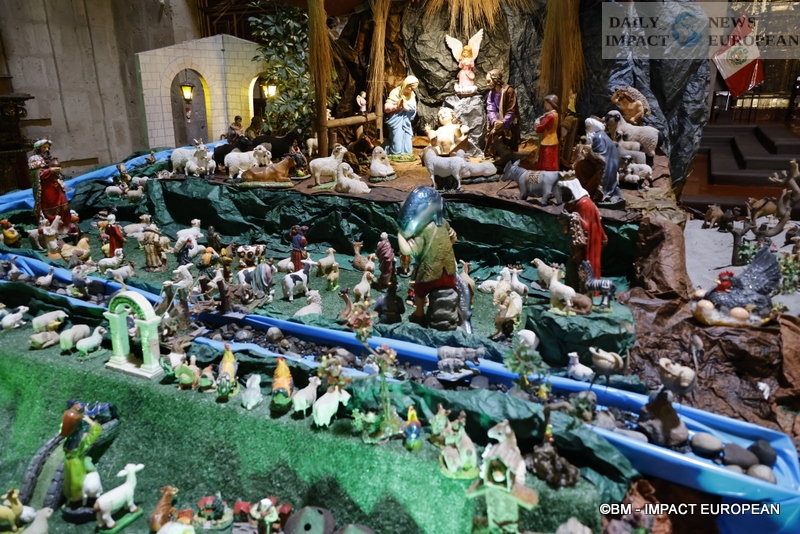
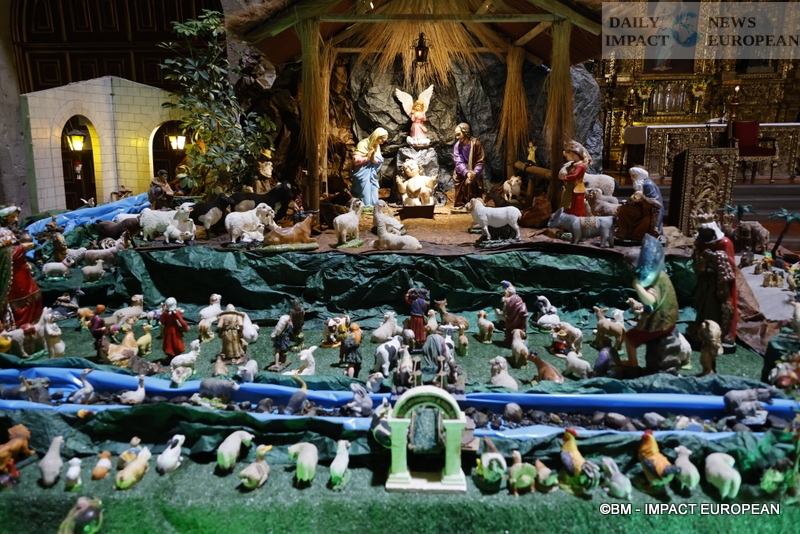
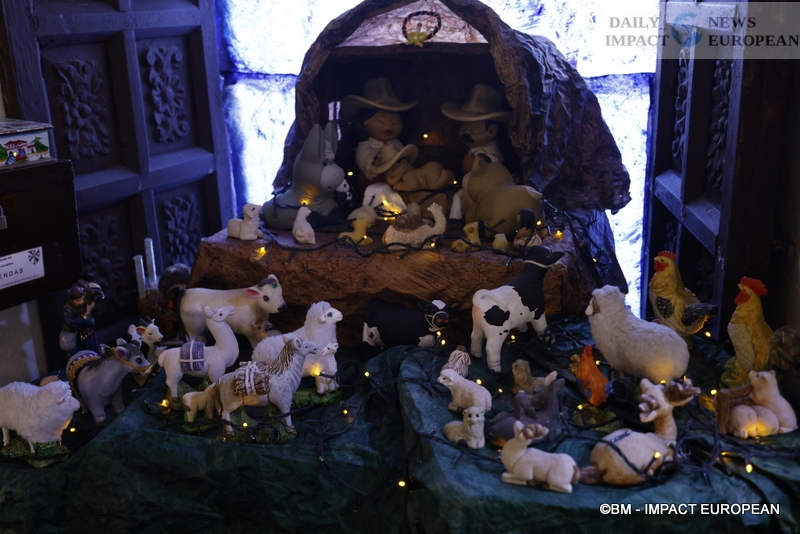

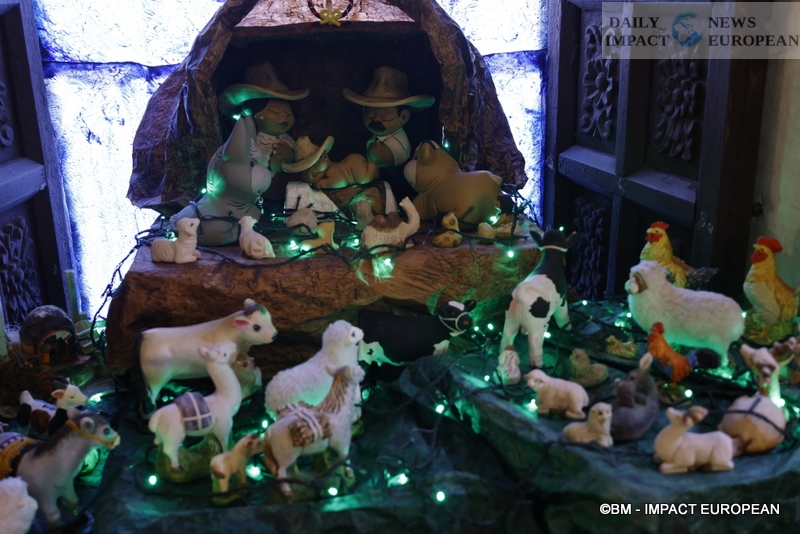
Plus d'histoires
Private Health Schools Under Scrutiny: Council of State Sides with the French Order of Physiotherapists
Dordogne: Mayor Excluded for Antisemitism Avoids Trial, LICRA Reacts
Berlin, Strategic Crossroads: Ukraine, European Security, and the Peace Economy